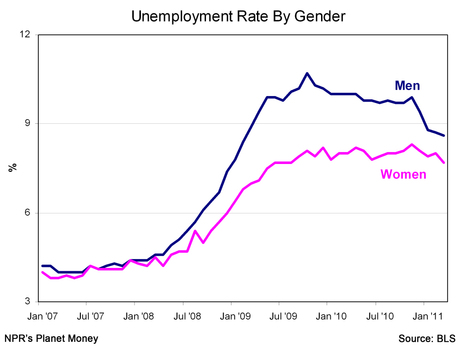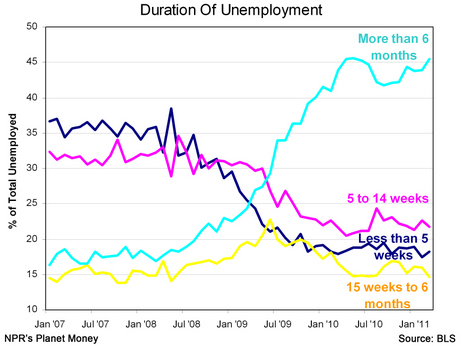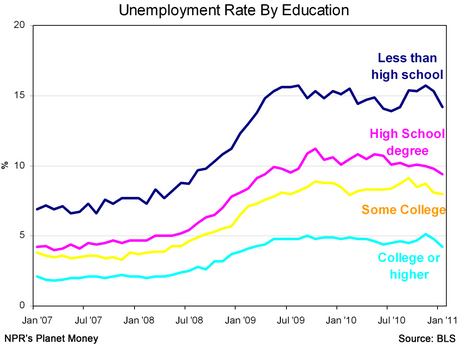
I invite you to spend seven minutes listening to Baratunde Thurston explaining what, exactly, is wrong with the fact that Barack Obama was hounded into releasing his long form birth certificate. He does a wonderful job of historicizing the requirement that Obama prove that he is an American (to a man such as Donald Trump), at the same time that he explains why this questioning of Obama’s citizenship is deeply hurtful to all Black Americans and their allies.
Via BoingBoing. Transcript after the jump (via Racialicious).









